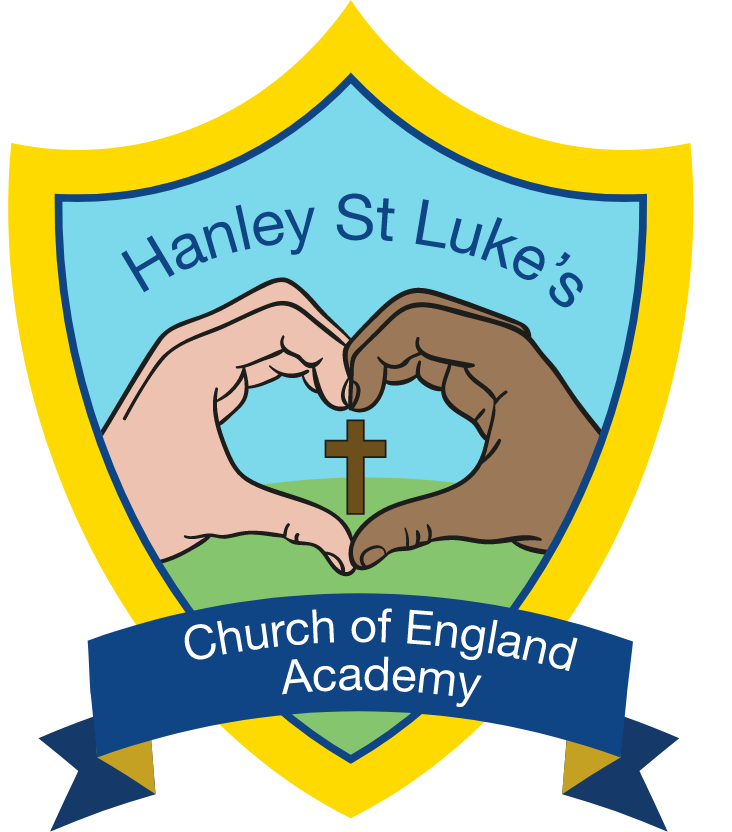Computing

Computing at Hanley St Luke’s C of E Academy
Computing skills are essential in helping children become confident, creative, and independent learners. At Hanley St Luke’s, we are committed to giving every child the opportunity to develop these vital skills. Our computing curriculum is built around the four key areas defined by the National Curriculum:
-
Computer Science
-
Information Technology
-
Digital Literacy
-
Online Safety
By integrating these areas, we equip our children to use technology safely and effectively. We also follow the Teach Computing scheme to support our teaching.
Implementation
Early Years
Children begin their technology journey in Early Years with access to iPads, BeeBots, and plenty of role-play opportunities involving computing equipment. Teachers nurture curiosity by offering challenges and modelling safe, careful use of technology.
Key Stage 1
In KS1, children develop their programming skills by controlling BeeBots more precisely. They learn to program the BeeBots to reach specific destinations and begin to debug when things don’t go as planned. In the computer suite, children improve mouse control and learn how to log on and off using their own usernames and passwords. Online safety is a key focus, teaching children what to do if they encounter anything uncomfortable online and why it’s important to keep personal information private. Coding skills then progress onto Scratch Junior and other programs, where children create and program sprites.
Key Stage 2
In KS2, children build on their coding skills by creating interactive sprites using Scratch. As they progress, they design more complex code and develop basic games. Digital literacy skills are integrated with subjects like English, Science, History, and Geography through word processing and creating presentations using PowerPoint. Pupils learn to use school hardware such as iPads and cameras, exploring how images can be manipulated and understanding media accuracy. Online safety education continues throughout KS2, with an emphasis on how to stay safe online, report concerns, and understand the importance of media balance and responsible online behaviour, especially as children grow older.
Impact
The impact of our computing curriculum is visible throughout the school—in classroom displays and the children’s individual computer accounts—and is best measured by hearing from the children themselves. Our teaching ensures that children use technology confidently and responsibly.
We assess the impact of our curriculum through:
-
Pupil discussions about their learning
-
Photos and videos of practical work shared on Seesaw
-
Work saved on individual pupil accounts
-
Pupil voice interviews
-
Teacher collaboration and work scrutiny
-
Reporting standards across the curriculum
For more information or support, please speak to your child’s class teacher.
